Videos will worth watching
www.pnas.org/doi/full/10....
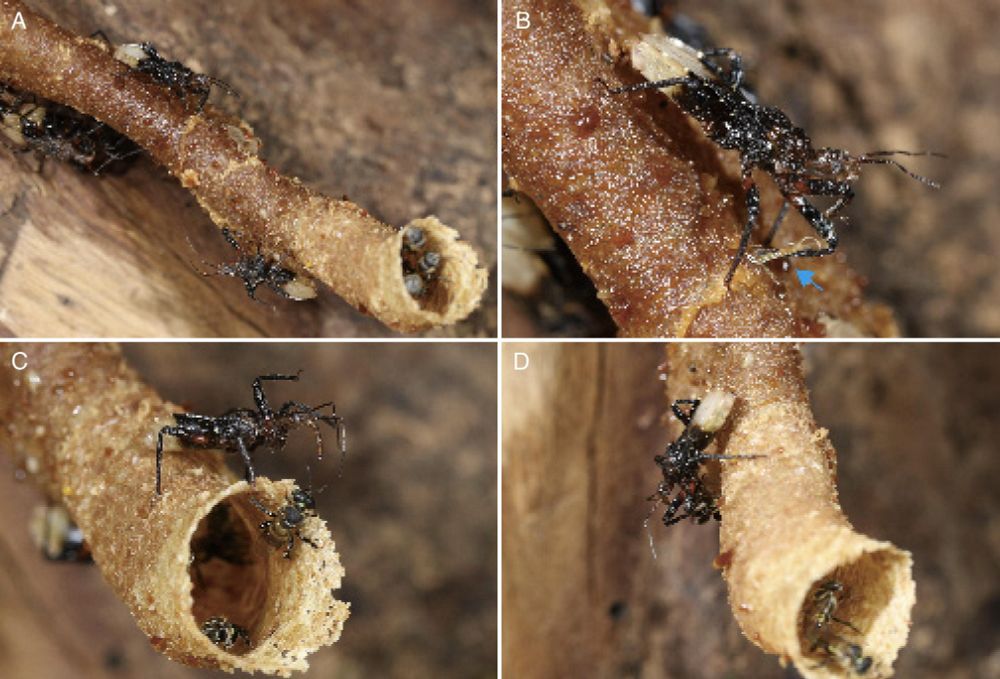
Videos will worth watching
www.pnas.org/doi/full/10....
open.spotify.com/episode/4m33...
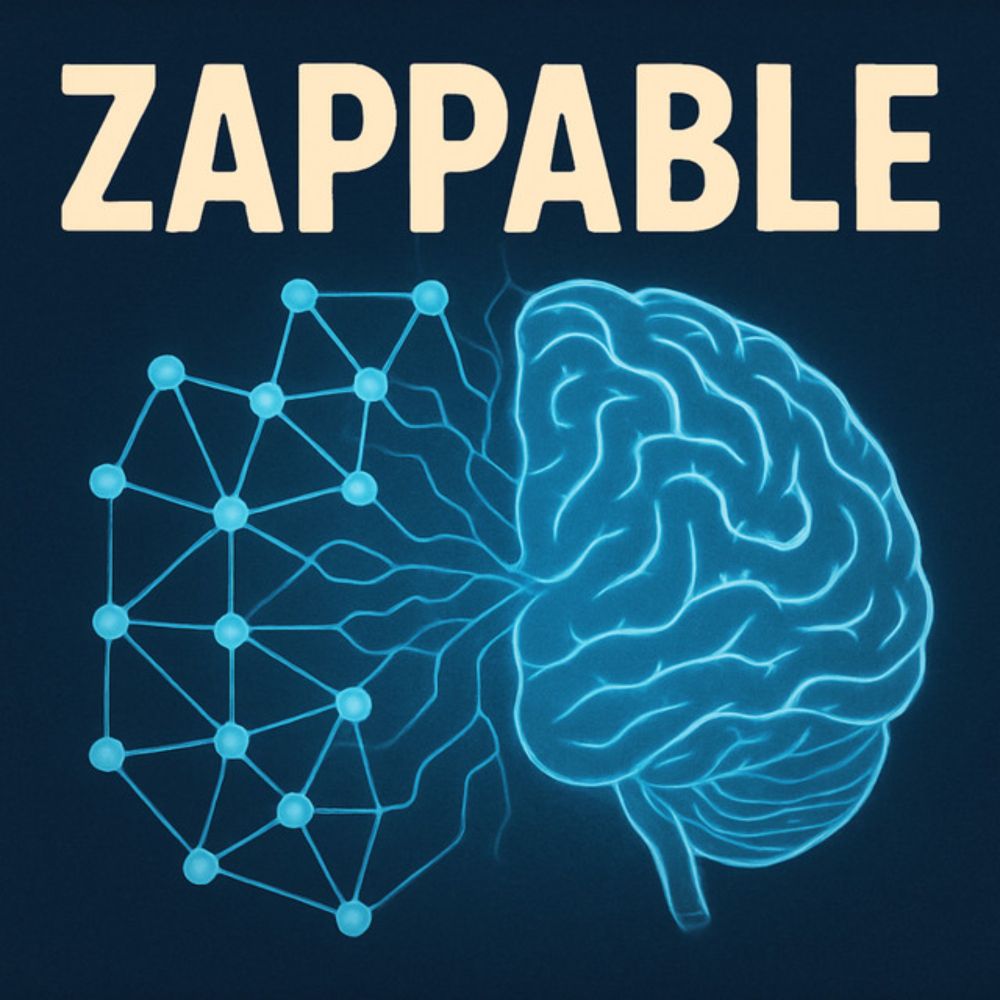
open.spotify.com/episode/4m33...
A newly discovered species of carnivorous caterpillar on the Hawaiian island of Oahu has earned the nickname “bone collector” for its eerie habit of adorning itself with the remains of its prey, such as ant heads and fly wings.
🪲 🧪


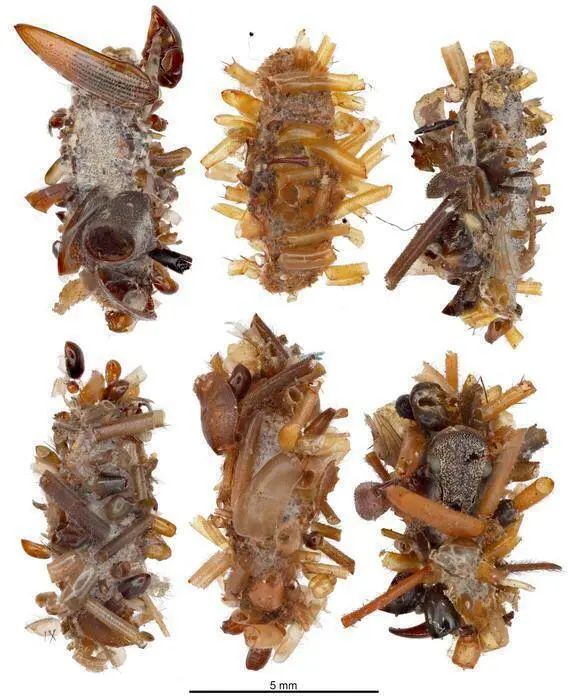
A newly discovered species of carnivorous caterpillar on the Hawaiian island of Oahu has earned the nickname “bone collector” for its eerie habit of adorning itself with the remains of its prey, such as ant heads and fly wings.
🪲 🧪
with @raphaelbergoin.bsky.social and @gzamora-lopez.bsky.social finnally published in @plos.org Computational Biology #neuroskyence #compneurosky
journals.plos.org/ploscompbiol...

with @raphaelbergoin.bsky.social and @gzamora-lopez.bsky.social finnally published in @plos.org Computational Biology #neuroskyence #compneurosky
journals.plos.org/ploscompbiol...
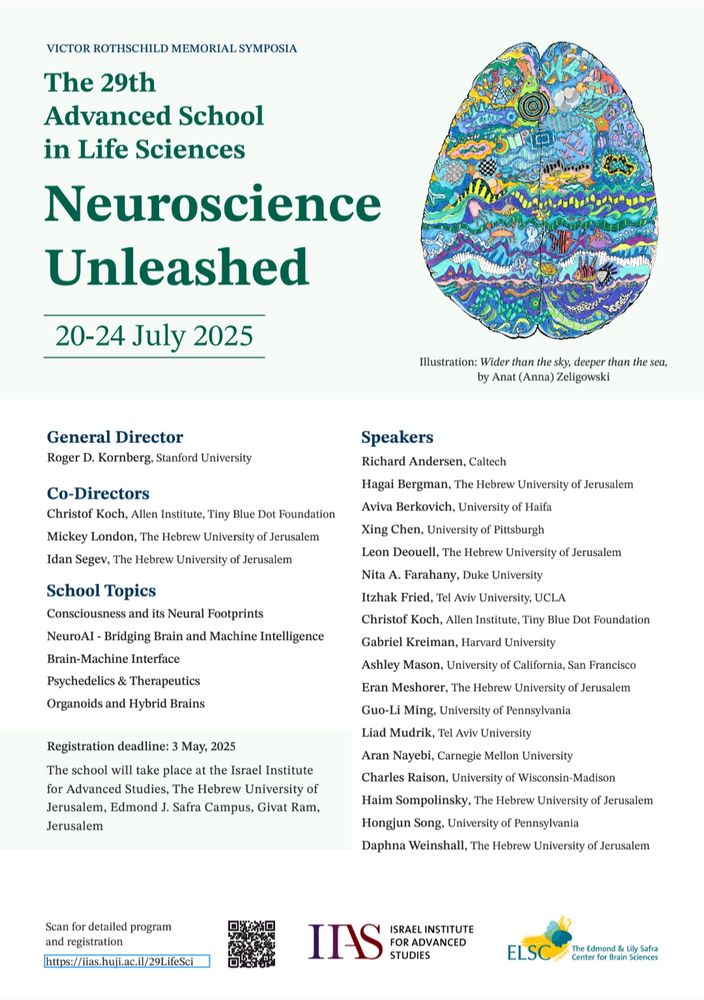
New preprint with a former undergrad, Yue Wan.
I'm not totally sure how to talk about these results. They're counterintuitive on the surface, seem somewhat obvious in hindsight, but then there's more to them when you dig deeper.

New preprint with a former undergrad, Yue Wan.
I'm not totally sure how to talk about these results. They're counterintuitive on the surface, seem somewhat obvious in hindsight, but then there's more to them when you dig deeper.
link.springer.com/article/10.1...
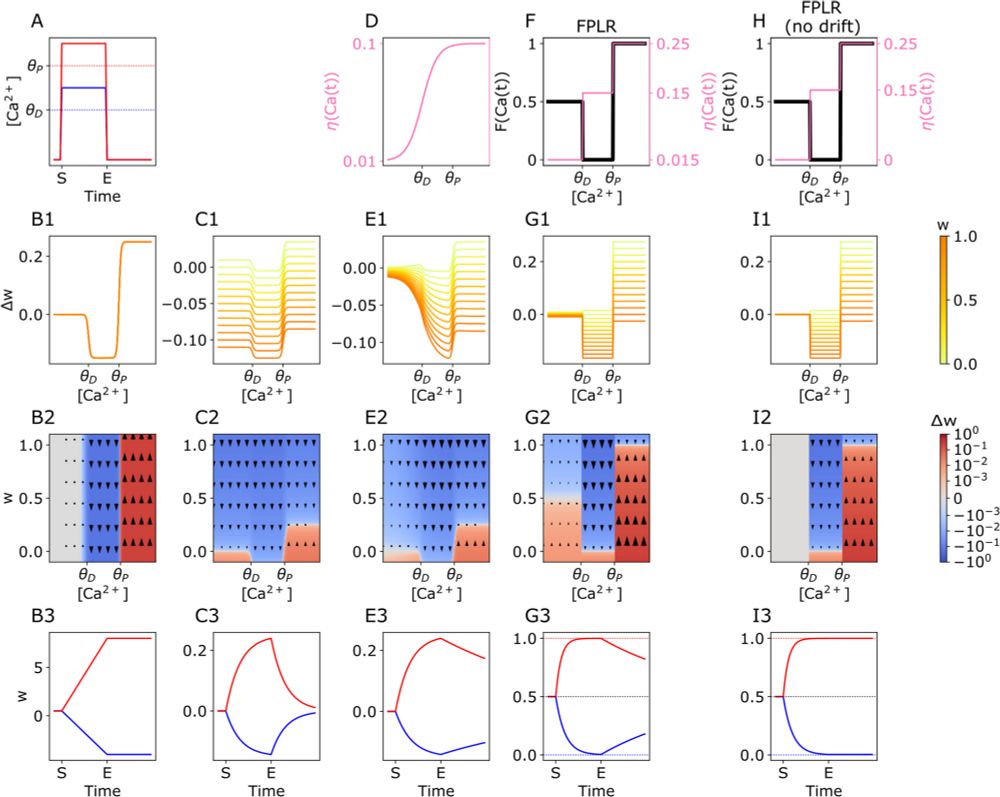
link.springer.com/article/10.1...
Check out our latest preprint, where we tracked the activity of the same neurons throughout early postnatal development: www.biorxiv.org/content/10.1...
see 🧵 (1/?)

Check out our latest preprint, where we tracked the activity of the same neurons throughout early postnatal development: www.biorxiv.org/content/10.1...
see 🧵 (1/?)


Journal has online system to edit proofs. Work for an hour, am auto-logged out. Log back in, all edits are gone.
Try editing on PDF instead. For a substantial number of edits, it's impossible to highlight the relevant text because UNCORRECTED PROOF gets in the way.
Journal has online system to edit proofs. Work for an hour, am auto-logged out. Log back in, all edits are gone.
Try editing on PDF instead. For a substantial number of edits, it's impossible to highlight the relevant text because UNCORRECTED PROOF gets in the way.
We propose a simple, perceptron-like neuron model, the calcitron, that has four sources of [Ca2+]...We demonstrate that by modulating the plasticity thresholds and calcium influx from each calcium source, we can reproduce a wide range of learning and plasticity protocols.

We propose a simple, perceptron-like neuron model, the calcitron, that has four sources of [Ca2+]...We demonstrate that by modulating the plasticity thresholds and calcium influx from each calcium source, we can reproduce a wide range of learning and plasticity protocols.

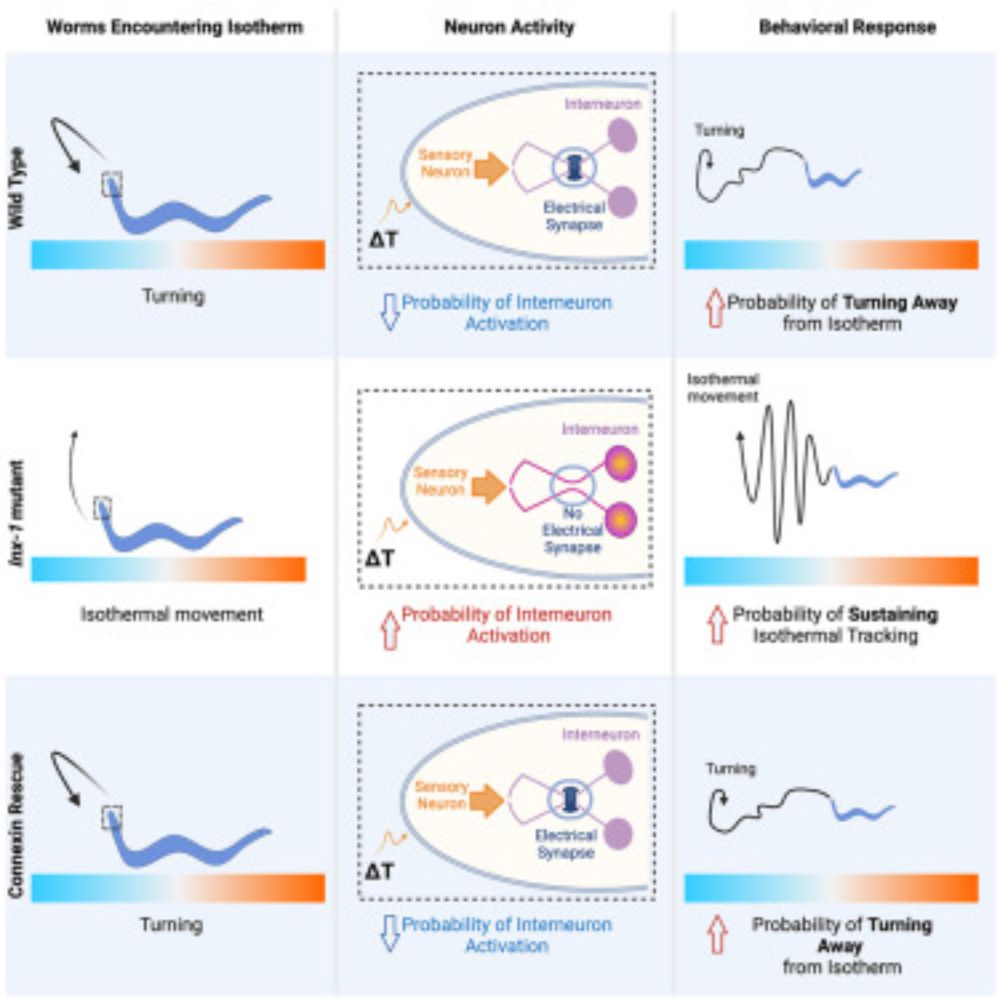
www.nature.com/articles/s41...
And you can get a tl;dr + my takes on why this is exciting here: www.nature.com/articles/s41...

www.nature.com/articles/s41...
And you can get a tl;dr + my takes on why this is exciting here: www.nature.com/articles/s41...
Our work suggests that one (IT PCs) does representational learning whereas the other (ET PCs) encodes representational value!
A great exp-theory collaboration with the Larkum and Takahashi's labs!

Our work suggests that one (IT PCs) does representational learning whereas the other (ET PCs) encodes representational value!
A great exp-theory collaboration with the Larkum and Takahashi's labs!
Blueprint thread coming soon— after I am done with panettone digestion 🥮!

Blueprint thread coming soon— after I am done with panettone digestion 🥮!
arxiv.org/abs/2501.02950
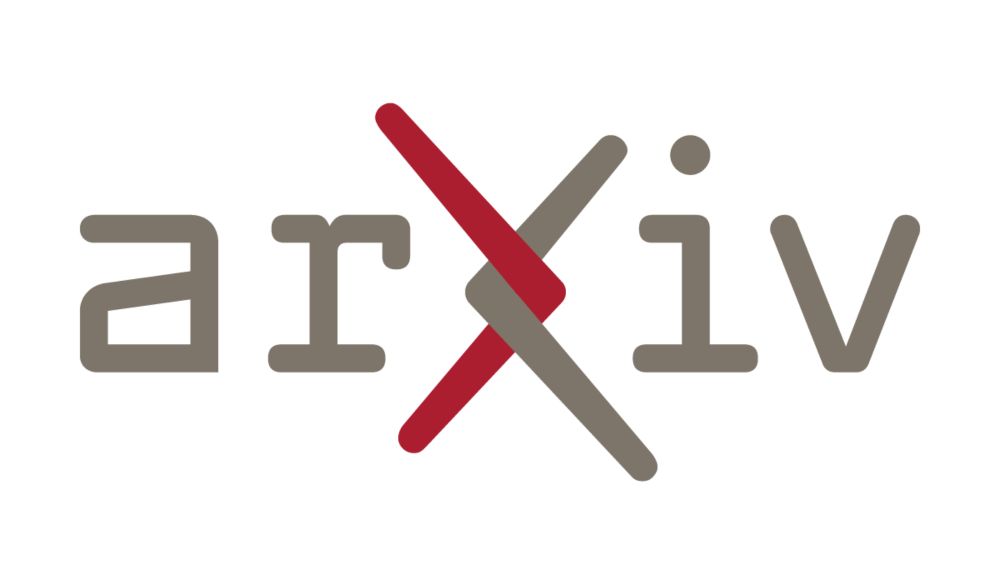
arxiv.org/abs/2501.02950
Looks hot! Generative modeling for neural networks -- trying to get insight into the wiring rules of dense connectomes.
www.biorxiv.org/content/10.1...

Looks hot! Generative modeling for neural networks -- trying to get insight into the wiring rules of dense connectomes.
www.biorxiv.org/content/10.1...

Memories in a network can drift at the single neuron level, but persist at the population level! 🍎🍏
“Drifting assemblies for persistent memory: Neuron transitions and unsupervised compensation”
www.pnas.org/doi/full/10....

Memories in a network can drift at the single neuron level, but persist at the population level! 🍎🍏
“Drifting assemblies for persistent memory: Neuron transitions and unsupervised compensation”
www.pnas.org/doi/full/10....


